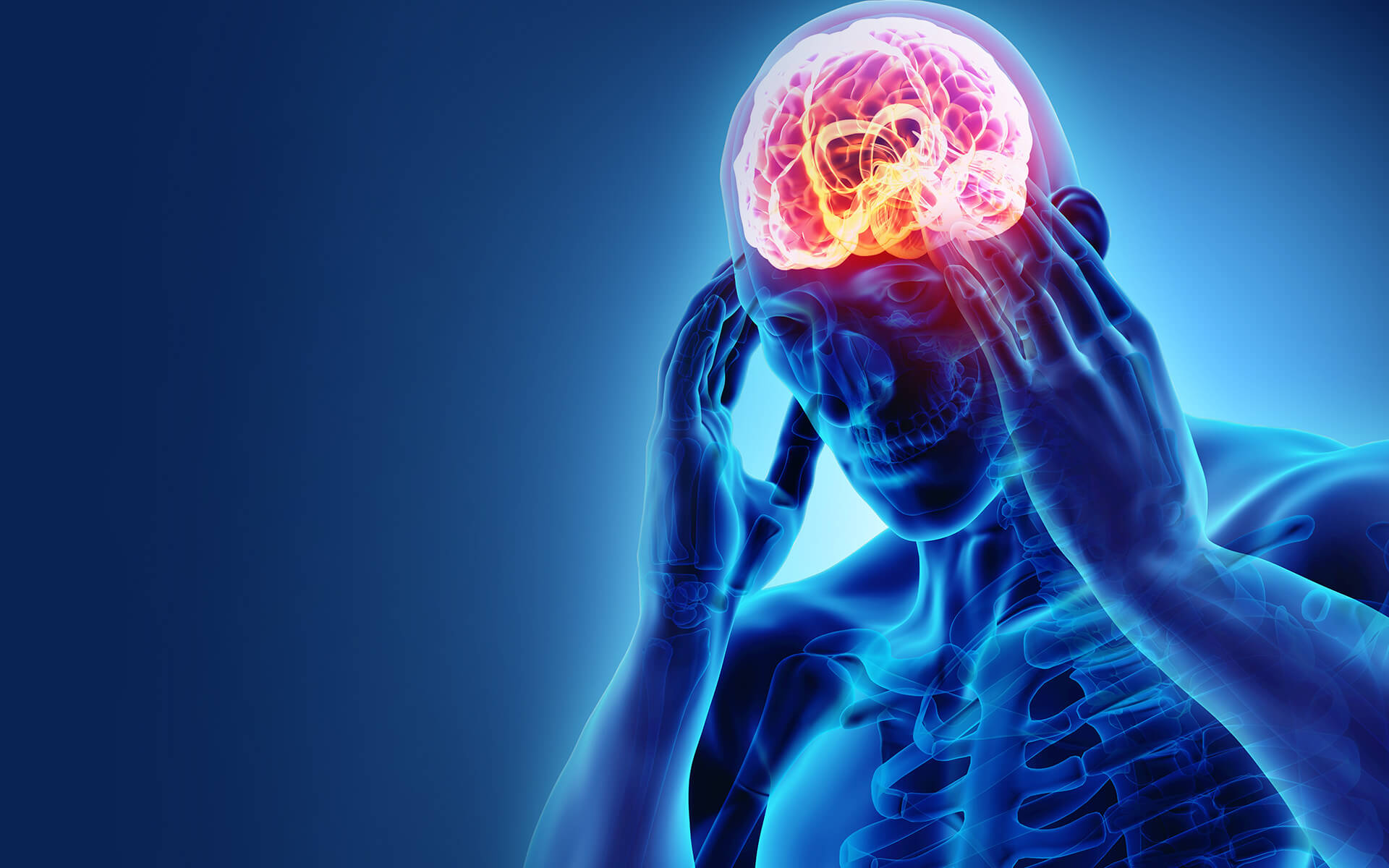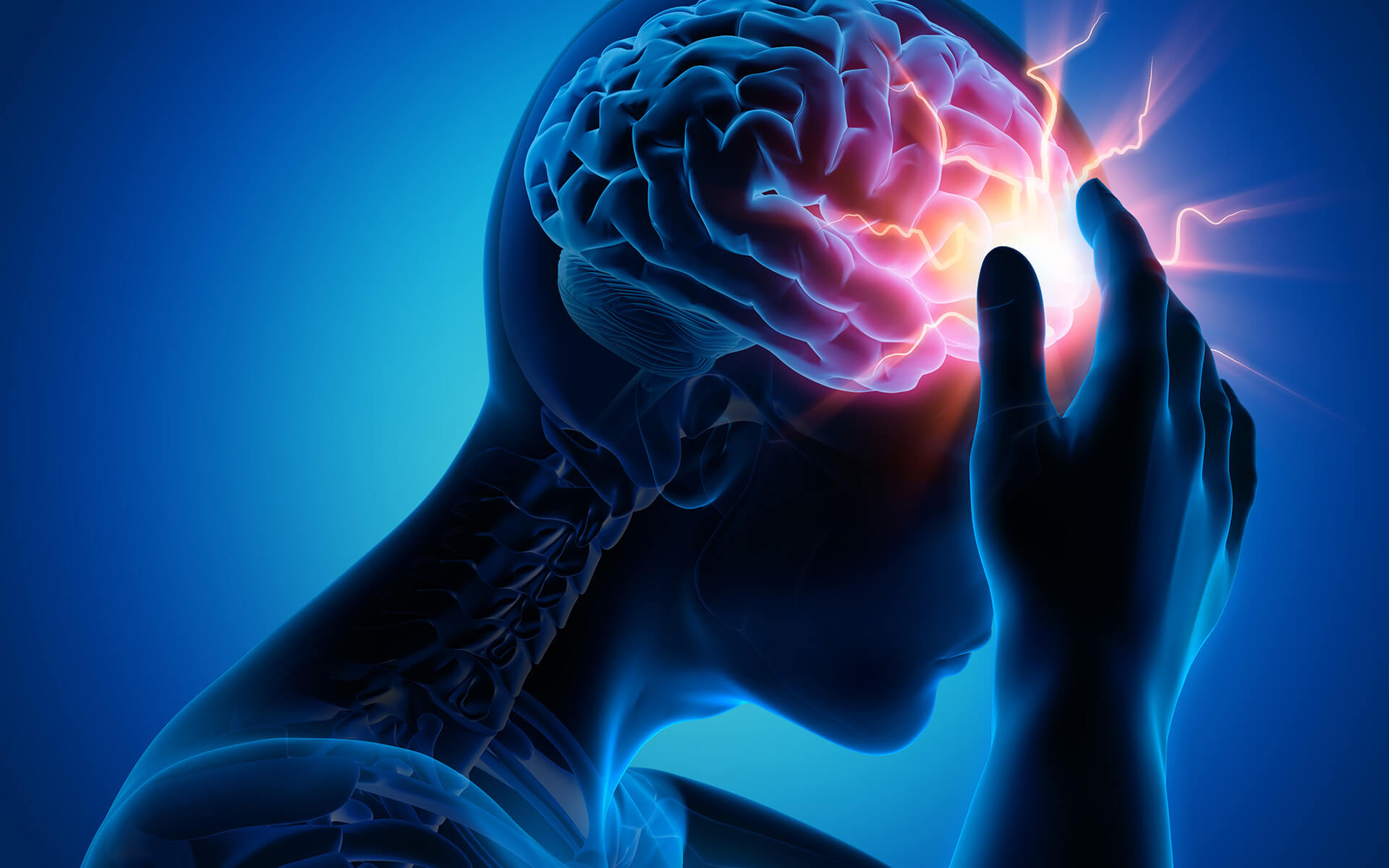Chronic headaches, including migraines and occipital neuralgia, can cause debilitating pain, preventing you from fully enjoying life. Advances in treatment provide hope for a better way forward. We offer groundbreaking migraine and occipital neuralgia treatment options that deliver lasting relief and restore quality of life.
From specialized techniques to state-of-the-art nerve decompression surgery, our treatments focus on one thing: improving the lives of our patients.
At The Institute for Advanced Reconstruction, we have been pioneers in breakthrough treatments using Botox® and nerve decompression surgery, providing patients with the long-term relief they seek.
There are as many as 150 different types of headaches. Tension or stress headaches are the most common, followed by migraines. Other types include occipital neuralgia, post-traumatic headaches, TMJ headaches, and cervicogenic headaches.

The Distinguished Center for Headache & Occipital Neuralgia Surgery
Symptoms, Causes, and Treatment of Occipital Neuralgia and Headaches at The Institute for Advanced Reconstruction

Program Overview

Types of Headaches We Treat
Cervicogenic Headaches:
Cervicogenic headaches originate from the neck, often radiating to the temporal or frontal regions of the head. The symptoms are often localized to one side of the head, but may be bilateral, and often the pain worsens over time. They are mainly caused by injury to the cervical spine and compression of the occipital nerves (the peripheral nerves that run up the back of the head and provide sensation to this area).
Migraines:
Migraines are defined as a recurrent headache disorder that manifests in attacks lasting for 4 to 72 hours. They are one of the oldest infirmities known to humankind. Though their cause is largely unknown, they may be triggered by specific foods or weather changes in certain individuals. Migraines cause moderate to severe throbbing or pulsing pain, often on one side of the head.
Occipital Neuralgia:
In occipital neuralgia, the occipital nerves that run from the top of the spinal cord up through the scalp are injured or inflamed, which causes painful headache symptoms, as well as tenderness or diminished sensation around the area of the nerve. Many of our occipital neuralgia patients report the onset of the condition following a traumatic event, such as a car accident or fall.
Post-Traumatic Headaches:
Headache occurs after a trauma, such as whiplash or a fall.
TMJ (Temporomandibular Joint) Headaches:
TMJ dysfunction leads to jaw pain and headache in the cheek or side of the head. This can result from jaw muscle hyperactivity or joint abnormalities (e.g., arthritis).
A primary consequence of TMJ dysfunction is jaw pain and headache involving the upper and middle cheek, as well as the side of the head. The source of the pain can be from hyperactivity of the jaw muscles or abnormal contact between bony surfaces (such as arthritis of the bones located within the joint).
This infographic provides details on the various types of headaches.
Risk Factors for Headaches & Migraines
It can be difficult to pinpoint a cause for migraines. Genetics and environmental factors may be involved. Some people are more prone to migraines than others. Some of the risk factors include:
- Family history: Having family members with migraines means you are more likely to experience them.
- Age: Migraines can begin at any age, though the first often occurs during adolescence. After peaking in your 30s, your migraines may gradually become less severe and frequent as you age.
- Sex: Women are three times more likely than men to have migraines.
- Hormonal changes: Many women experience migraines just before or shortly after the onset of menstruation. Migraines generally improve after menopause.
Diagnosis & Evaluation
There are several diagnostic tools we can use to help us uncover the root cause of your headaches. These may include:
- MRI of the cervical spine to assess for nerve compression
- CT scans
- Blood tests and urinalysis
Treatment Options for Headaches
Our treatment options for headaches focus on alleviating your pain so you can feel good again. We are proud to be on the cutting edge of headache treatments for patients. Our patients have found significant relief through two of our advanced treatments, Botox® injections and nerve decompression surgery.
Botox®
- Botox® is an FDA-approved treatment for chronic migraines. It is primarily used to treat TMJ disorder, post-traumatic headache, and cervicogenic headache
- Works by blocking the release of neurotransmitters involved in pain signaling
- Injections to the head and neck are administered approximately every 3 months
- Studies have shown a duration reduction of 7 to 9 days for monthly migraines
- Can be performed in a doctor's office without the need for anesthesia
- Positive results with Botox® treatments indicate potentially good candidates for surgery
- Drawbacks include the possibility of ineffectiveness and the need for repeated administrations to maintain effects
Nerve Decompression Surgery
- This option is most beneficial for occipital neuralgia cases
- Minimally invasive surgical decompression of the peripheral sensory nerves in the front and back of the head
- May result in the reduction or elimination of headache or tenderness
- Considered when other modalities have failed or aren’t effective enough
- Can lead to significant reductions in headache frequency, severity, and duration
- Many patients experience long-term relief and improved quality of life
The type of procedure you undergo to eliminate your symptoms will depend on a wide range of factors, the most important being which headache disorder you have. Our entire team is here to guide you toward the best decision for you.
Patient Stories
Related Articles
If you’d like to find out more about headaches and migraines, along with the latest research around these conditions and similar topics, check out our extensive catalog of articles.
June is National Migraine and Headache Awareness Month | IFAR
All About Headaches
Surgery for Migraine Headaches Transforms Life of New Jersey Mother
New Study Confirms Surgery Relief for Headache Pain
Migraine & Headache Treatment Near Me
With numerous treatment locations in New Jersey, Pennsylvania, and multiple states, we make finding treatment as convenient as possible for patients. Contact us today to find a location near you and schedule an appointment.





















